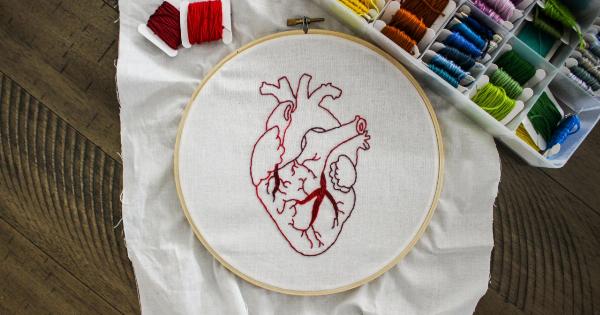For people living with type 1 diabetes, the daily routine of insulin injections is a necessary, but often inconvenient, part of life.
However, recent advances in technology have led to the development of artificial β-cells, which could potentially replace the need for insulin injections altogether.
What are Artificial β-Cells?
Artificial β-cells are a type of bioartificial pancreas that mimic the function of natural β-cells in the body. β-cells are responsible for producing insulin, a hormone that regulates blood sugar levels.
In people with type 1 diabetes, the immune system attacks and destroys these cells, leading to a lack of insulin production.
Artificial β-cells are designed to perform the same function as natural β-cells, detecting changes in blood sugar levels and secreting the right amount of insulin to maintain normal levels.
How Do Artificial β-Cells Work?
Artificial β-cells consist of two components: a glucose sensor and an insulin pump. The glucose sensor is implanted under the skin, where it detects changes in blood sugar levels.
When blood sugar levels rise above a certain threshold, the glucose sensor triggers the insulin pump to release insulin into the bloodstream. This helps to bring blood sugar levels back to normal levels.
The insulin pump used in artificial β-cells is different from traditional insulin pumps used in insulin injections.
While traditional pumps deliver insulin continuously, artificial β-cells only release insulin when blood sugar levels rise above a certain threshold. This helps to prevent the risk of hypoglycemia (low blood sugar) that can occur with continuous insulin delivery.
Benefits of Artificial β-Cells
Artificial β-cells have several potential benefits over traditional insulin injections:.
- More precise blood sugar control
- Reduced risk of hypoglycemia
- No need for regular insulin injections
- Improved quality of life for people with type 1 diabetes
Current Development of Artificial β-Cells
There are currently several companies and research groups working on the development of artificial β-cells.
One promising technology is Smart Insulin from Merck, which uses a combination of insulin and a glucose-binding molecule to create an insulin “switch” that can be turned on and off as needed.
Another group, led by bioengineer Emmanuel Tzanakakis at Tufts University, is using stem cells to create glucose-responsive “miniature pancreas” to create artificial β-cells.
These cells can be encapsulated in a biocompatible material to prevent their rejection by the immune system, and the device can be implanted under the skin where the cells can continue to produce insulin.
Challenges Facing Artificial β-Cells
While the development of artificial β-cells is promising, there are still several challenges that need to be addressed:.
- The technology is still in the early stages of development and has not been widely tested in humans
- There are concerns about the long-term safety of implanted devices
- Costs may be prohibitive, making the technology unavailable to many people with type 1 diabetes
Conclusion
Artificial β-cells have the potential to revolutionize the treatment of type 1 diabetes, eliminating the need for regular insulin injections and providing more precise blood sugar control.
While the technology is still in the early stages of development, ongoing research and development are promising, and we could soon see a future where people with type 1 diabetes can live without the burden of insulin injections.





























